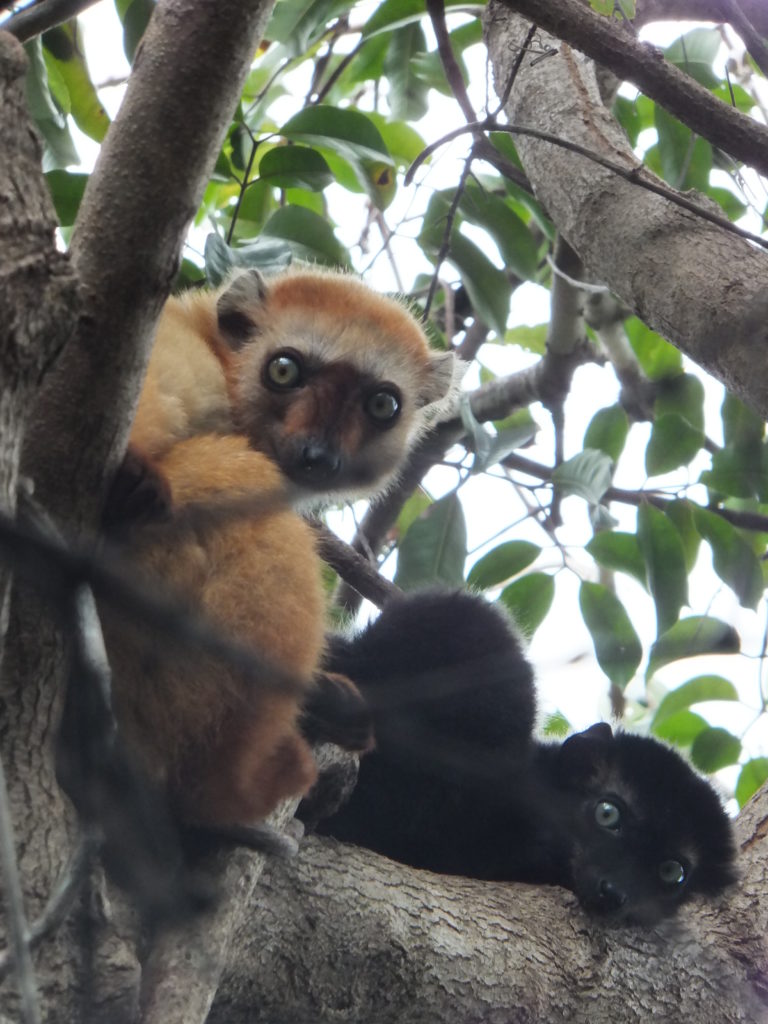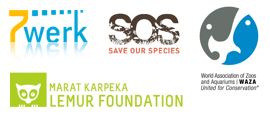Sahamalaza-Iles Radama National Park
The Sahamalaza-Iles Radama National Park (SIRNP) is located in the north-west of Madagascar across the District of Ambanja and Analalava, and is an UNESCO Biosphere Reserve established as a protected area in 2007. Consisting dense semi-deciduous dry forests, coral reefs and mangroves, the protected area extends between 13°52’S and 14°27’S and 45°38’E and 47°46’E (WCS/DEC 2002). The climate is seasonal, with the dry season extending from May to October and the rainy season from November to April.
The forests throughout the SIRNP include plant species typical of the dry deciduous forest although it is noted that there are no larger connected areas of intact primary forest left on the Sahamalaza pennisula and all the remaining fragments show some degree of anthroprogenic disturbance (Schwitzer et al., 2007a; Schwitzer et al., 2007b).

The national park is home to some of the last remaining populations of the critically endangered blue-eyed black lemur (Eulemur flavifrons) and the Sahamalaza sportive lemur (Lepilemur sahamalazensis), both endemic to this region. Other lemur species occurring within the boundaries of the protected area are the endangered northern giant mouse lemur (Mirza zaza), endangered aye-aye (Daubentonia madagascariensis), the fat-tailed dwarf lemur (Cheirogaleus medius), the northern bamboo lemur (Hapalemur occidentalis), and the black lemur (Eulemur macaco).

